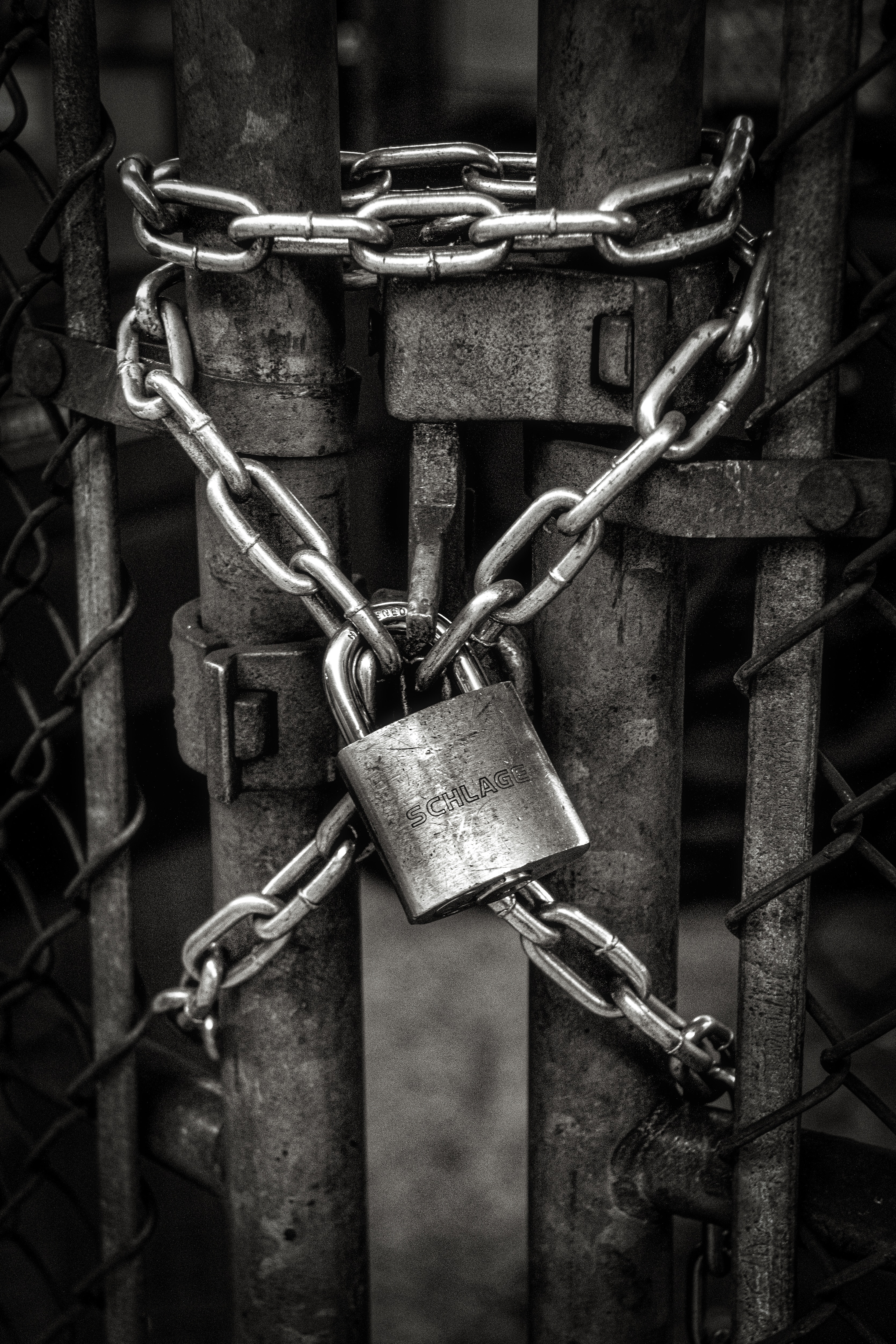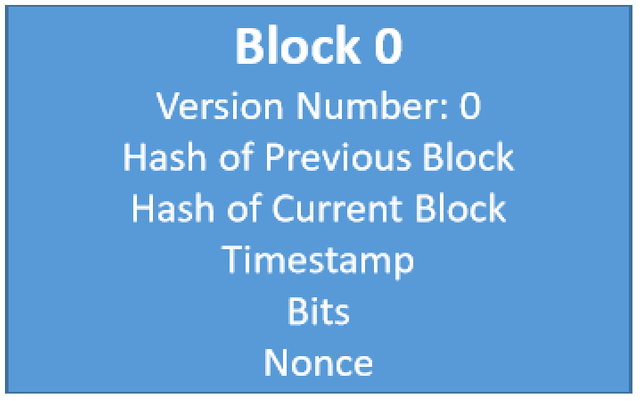The Blockchain Demystified
The blockchain is a series of code blocks chained by secure cryptography to facilitate transactions over a distributed network
In this overview post, I will describe the key concepts and components of the blockchain and why they are essential to the development of a secure platform for the cryptoeconomy.
The Bitcoin cryptocurrency is probably the best known application that has been built on the blockchain framework.
The key advantages of the blockchain are:
- Transparency (public access)
- Immutability (secure from changes)
- Decentralised (more secure than centralized systems)
- Lower transaction costs (almost no middlemen charges)
Key blockchain concepts
In the following section I highlight the key concepts to understand the blockchain framework. It is in no way an exhaustive coverage of all aspects of the framework. I plan to expand on them in future posts.
Distributed Database
The blockchain is a public, shared and trusted database that records transactions over a peer-to-peer (P2P) network of computers that operate via the Internet. Anyone is able to inspect the database and its transactions; but no single person or company controls it. The distributed database is also referred to as a distributed ledger.
Cryptography##
Cryptography keeps the blockchain secure. It encrypts transactions recorded in the blockchain and prevents changes to the data recorded. A common standard is SHA-256, which stands for Secure Hash Algorithm version 256 bits. The mathematical computations from cryptography form the basis of a trust system that does not require a trust enforcing central agency — the so-called trustless framework. The hash is computed for each block in the blockchain and the network confirms the validity of the entire blockchain based on these hashes.
Before you get to the next section, perhaps a short video may help you understand the higher level concepts we have covered. Check out this video: Blockchain Decoded
What Does the Blockchain Look Like?
The blockchain consists of a series of blocks that record each unchangeable transaction. Let’s look at what a single block looks like.
The key features of a block in a blockchain are in the image below:
The various components of a block are described below.
The Block number, also referred to as the version number or index is incremented with the creation of each block. Each block in the chain has a hash (commonly generated by the SHA256 algorithm) except for the first or Genesis block.
The Previous Block Hash for the Genesis block is zero. Here is the Genesis block of bitcoin.
The Current Block Hash is calculated based on all the transactions in the block.
The Timestamp (day, date, time) records when a new block is added.
The Bits record the data held on the block. In Bitcoin for example, the data would be the value of the transaction.
The Nonce is a number that is used to discover a valid hash.
The SHA256 algorithm generates the current block hash based on the index, previous block hash, timestamp, bits and nonce as inputs. Here’s a simplified view of a series of blocks that are chained together to form the blockchain:
Here’s a great video that explains the concepts that we have just covered above: Blockchain 101 — A Visual Demo
You can also explore a web demo version of the blockchain here: Blockchain Demo
So there you have it. A succint overview of the blockchain.
There are a number of topics you can explore further to understand the blockchain at a more granular level. These can include trustless consensus, merkel trees, Proof of Work (PoW), Proof of State (PoS), anonymity over the network, shared ledgers, mining, digital contracts, micropayments and more.
Here’s a video that introduces potential blockchain applications that can further human activity on a more global scale: Why Blockchain Matters More Than You Think! I plan to explore this in greater detail in a future post.
If you are a coder / hacker / developer, then perhaps you will understand the blockchain better by attempting to build one. If you are so inclined, then check this out: Learn Blockchains by Building One
If you are keen to explore more about the blockchain and potential applications in a more structured way, check out my related post on A Personal Roadmap to Understanding the Blockchain
Photo credit: John Salvino on Unsplash
Posted originally in Medium





Please check out my other Steemit posts covering the blockchain topic:
A Personal Roadmap to Understanding the Blockchain
Different Blockchains for Different Folks
Singapore's Cryptocurrency Trial is in Progress with Project Ubin
Emerging Use Cases for the Blockchain (Part 1)
Emerging Use Cases for the Blockchain (Part 2)